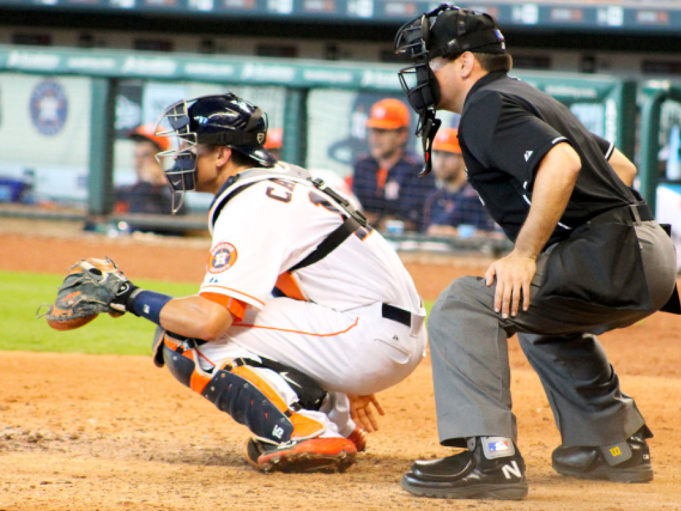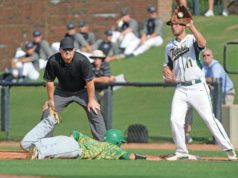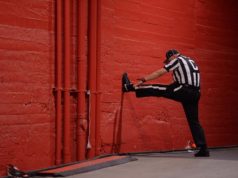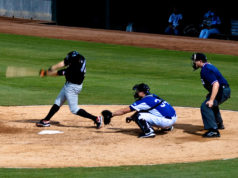“If you slow down, life will stab you on the back,” says Mackie Shilstone. “Disease will find you.”
It’s a strong message delivered to a group known for their strong-willed nature. Shilstone is an expert on fitness and lifestyle management. The New Orleans resident was hired years ago by Major League Baseball to help its umpires lead healthier lives. “What we’ve developed is a functional program specific to what an umpire does,” says Shilstone.
The program has improved the quality of life for many umpires and changed the way the public views them. “I think years ago, the perception was, if an umpire missed a call, it was because he was fat and out of shape,” says Mark Letendre, retired director of medical services for MLB’s umpires. “The perception has changed.”
Attitudes toward umpiring have changed. MLB executives realized they needed to help umpires deal with the demands of their profession. A plate umpire averages more than 270 squats a game. In a four-man system, each umpire is required to move every time a ball is put into play. That’s a lot of starts and stops over a season. Throw in six months of planes, hotels, junk food, and it isn’t a surprise that some umpires view weight scales with the same disdain they do instant replay of their calls.
“Umpires have to realize that they age on the job,” says Shilstone. “They really have to have a program that is specific to their needs. …”
By the time a 30-year-old umpire reaches the bigs, he may have the body of a 40-year-old. You can’t stop aging, but Shilstone does his best to slow it down. He tests everything from blood chemistry and cholesterol to body mass. The tests help identify an umpire’s ideal weight and if he’s at-risk for problems. After proper nutrition and exercise, umpires lose weight and look and feel better. “I think they’ve come to realize, had they gone on the way they had gone, their quality of life would have been much less,” says Shilstone.
About 30 percent of MLB umpires take advantage of Shilstone’s services, paid for by the league. The services are voluntary and confidential. When umpires complete an assessment, they’re given a plan for proper nutrition on the road. An exercise program has been developed that’s simple enough to use in a hotel room but effective enough to keep umpires in good health.
The medical staff has also studied what areas of the body are most prone to injury. “There’s a tremendous amount of use and abuse in the lower leg joints,” says Letendre, who has discovered the 18 most common body movements umpires make in an effort to develop exercises and programs to ease the wear and tear on the body. “We have been able to reduce days lost because of the program.” For umpires, it means a better quality of life during their days on the diamond and when they retire.
Amateur umps may not face the same stress as those in the big leagues. But many are also at-risk. Working games doesn’t provide all the exercise they need. It’s up to the umpire to take the first step. “Stop renting your health,” says Shilstone. “Start taking ownership of your health.”
What's Your Call? Leave a Comment:
Note: This article is archival in nature. Rules, interpretations, mechanics, philosophies and other information may or may not be correct for the current year.
This article is the copyright of ©Referee Enterprises, Inc., and may not be republished in whole or in part online, in print or in any capacity without expressed written permission from Referee. The article is made available for educational use by individuals.


















